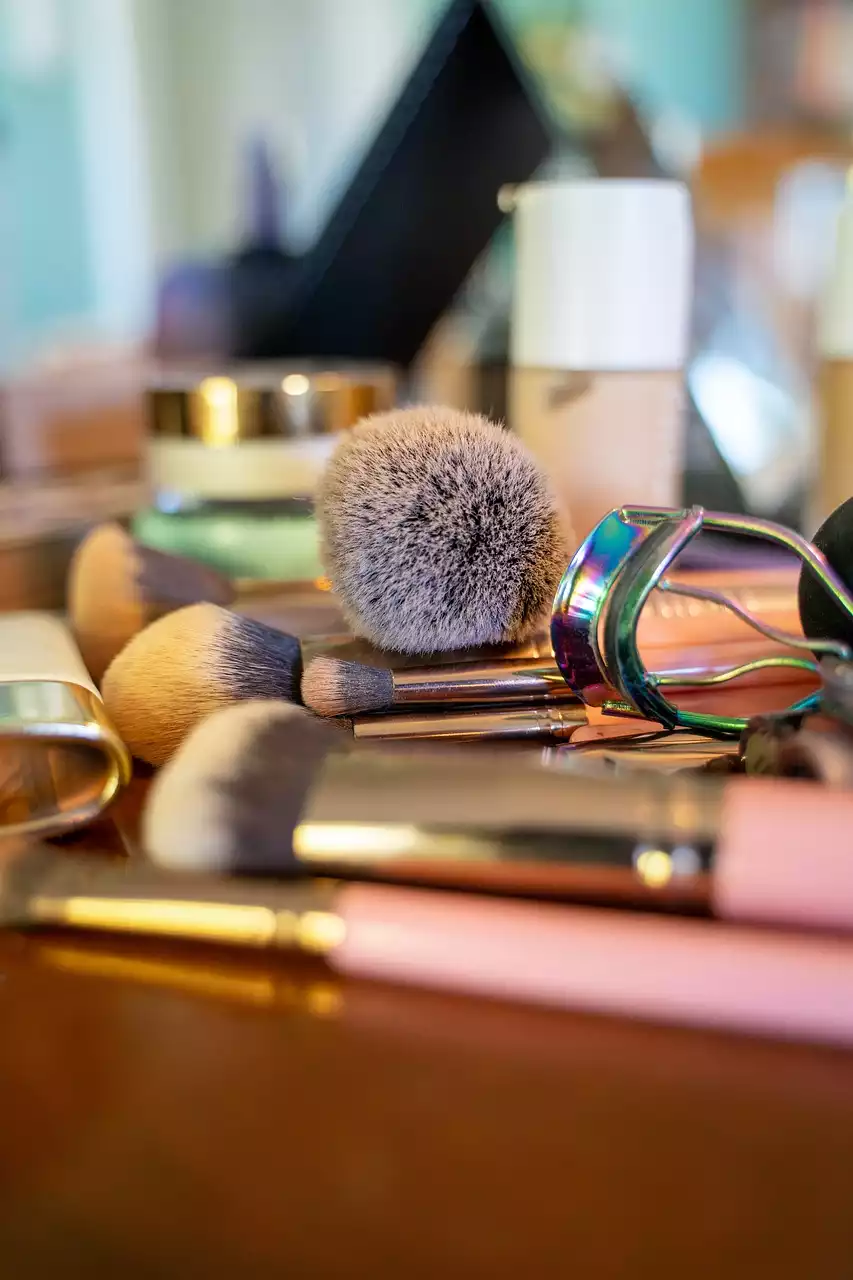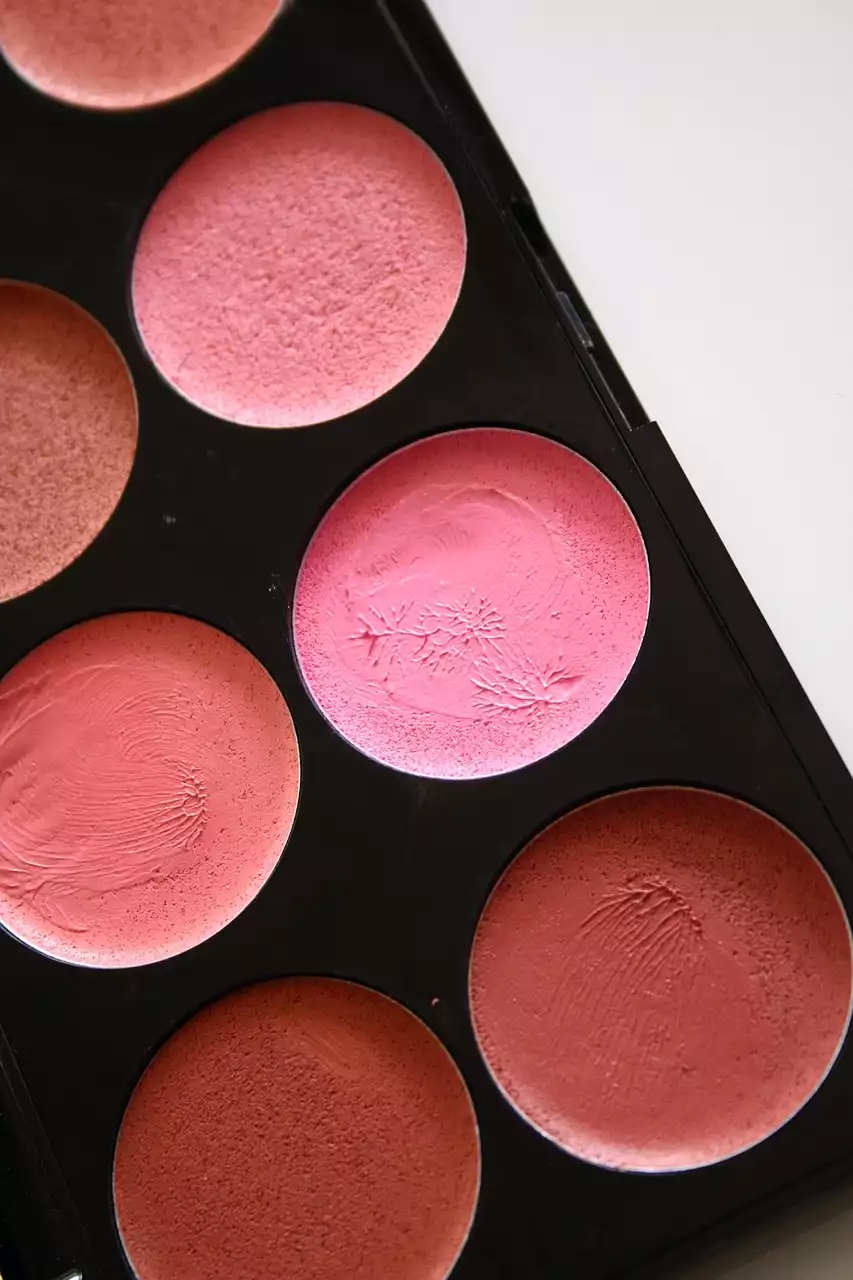Types of Concealer
There are several types of concealers available in the market, and it's essential to understand the differences between them to choose the one that suits your needs the best. Here are the most common types of concealers:
Liquid Concealer
Liquid concealers are the most popular choice for everyday use because of their lightweight formula. They are available in a wide range of shades and are easy to blend, making them ideal for covering dark circles and blemishes. Liquid concealers usually come with a wand or a brush applicator, making them easy to apply precisely.
Cream Concealer
Cream concealers are thicker in consistency than liquid concealers, making them ideal for covering up blemishes and scars. They are also great for people with dry skin as they provide more hydration than other types of concealers. Cream concealers usually come in a pot or a tube, and they are best applied with a brush or a sponge.
Stick Concealer
Stick concealers are ideal for people with oily skin as they have a drier formula, making them long-lasting and perfect for covering up blemishes and redness. They are also great for people who want to apply concealer on the go as they are easy to carry around. Stick concealers usually come in a twist-up tube and can be applied directly to the skin.
Choosing the Right Shade
Choosing the right shade of concealer is crucial for achieving a flawless finish. The right shade should match your skin tone, blend seamlessly, and cover any imperfections. Here are some tips for choosing the right shade of concealer:
Determine Your Undertone
The first step in choosing the right shade of concealer is to determine your undertone. Undertones are the colors that come through the skin and can be warm, cool, or neutral. Warm undertones have yellow or golden hues, cool undertones have pink or blue hues, and neutral undertones have a combination of both.
Test the Shade
Always test the concealer shade on your skin before purchasing it. The best place to test the shade is on the jawline, as it's closest to the skin's natural color. The shade should blend seamlessly with your skin tone and disappear into the skin.
Consider the Coverage
The coverage of the concealer also plays a role in choosing the right shade. If you're looking for full coverage, go for a shade that's a perfect match for your skin tone. If you want to brighten up your under-eye area, go for a shade that's one or two shades lighter than your skin tone.
Preparation before Applying Concealer
Preparing your skin before applying concealer is crucial for achieving a flawless finish. Here are some steps you should follow before applying concealer:
Cleanse Your Face
Always start with a clean canvas. Cleanse your face with a gentle cleanser to remove any dirt, oil, or makeup residue.
Moisturize
Moisturizing your skin is essential before applying concealer, especially if you have dry skin. Use a lightweight moisturizer to hydrate your skin and create a smooth base for the concealer.
Apply Primer
A primer can help your concealer last longer and prevent it from creasing or fading. Apply a thin layer of primer to your under-eye area or blemishes before applying concealer.
The absolute basics of face primer
Techniques for Applying Concealer
Now that you have chosen the right shade and prepared your skin, it's time to apply the concealer. Here are some techniques for applying concealer:
Dotting Method
The dotting method is ideal for covering up dark circles and blemishes. Apply small dots of concealer to the area you want to cover and then blend it in with a brush or a sponge.
Triangle Method
The triangle method is ideal for brightening up the under-eye area. Create an upside-down triangle under your eyes with the concealer and blend it in with a brush or a sponge.
Color Correcting
Color correcting is ideal for correcting specific skin concerns such as redness or dark circles. Apply a color corrector that's opposite to the color you want to correct and then apply the concealer on top.
How to Cover Different Types of Blemishes
Different types of blemishes require different techniques for coverage. Here are some tips for covering up different types of blemishes:
Dark Circles
To cover up dark circles, use a concealer that's one or two shades lighter than your skin tone. Apply it in a triangle shape under your eyes and blend it in with a brush or a sponge.
Blemishes
To cover up blemishes, use a concealer that matches your skin tone. Apply it directly to the blemish and blend it in with a brush or a sponge.
Redness
To cover up redness, use a green color corrector to neutralize the redness and then apply a concealer that matches your skin tone on top.
Setting the Concealer
Setting your concealer is essential for making it last longer and preventing it from creasing or fading. Here are some tips for setting your concealer:
Use Translucent Powder
Use a translucent powder to set your concealer. Apply it with a brush or a sponge, and then dust off the excess with a fluffy brush.
Use Setting Spray
Using a setting spray can help your concealer last longer and prevent it from creasing or fading. Spray it on your face after applying the concealer.
Tips for Long-Lasting Wear
Here are some tips for making your concealer last longer:
Apply Thin Layers
Apply thin layers of concealer to prevent it from creasing or fading.
Use Long-Lasting Formulas
Use long-lasting formulas that are designed to stay put for hours.
Touch Up Throughout the Day
Carry a small tube of concealer with you to touch up throughout the day.
Common Mistakes to Avoid
Here are some common mistakes to avoid when applying concealer:
Applying Too Much
Applying too much concealer can make it look cakey and unnatural.
Choosing the Wrong Shade
Choosing the wrong shade can make your under-eye area look gray or ashy.
Not Blending Properly
Not blending properly can leave harsh lines and make your concealer look patchy.










